It’s hard to believe that Star Wars: Revenge of the Sith is about to celebrate its 20th anniversary. The film remains a masterpiece of storytelling, perfectly setting up the motivations, actions, and politics as seen in the original trilogy. Anakin Skywalker’s tragic descent to the dark side and both Padme and Obi-Wan Kenobi’s heartbreak is just as striking now as it was 20 years ago, especially since both Ewan McGregor and Hayden Christensen have returned to the Disney+ Star Wars universe, recently. However, after Revenge of the Sith and way before McGregor and Christensen’s return, the animated series Star Wars: The Clone Wars deeply delved into the period between Star Wars: Attack of the Clones and Revenge of the Sith, greatly expanding existing characters, introducing new ones (Ahsoka Tano), bringing back old characters for a greater purpose (Darth Maul), and giving new meaning to the events that occurred during Revenge of the Sith.
Videos by ComicBook.com
These are the most essential episode arcs of The Clone Wars that will enrich your enjoyment of the iconic third installment of the Star Wars prequels.
The Clone Trooper Arc
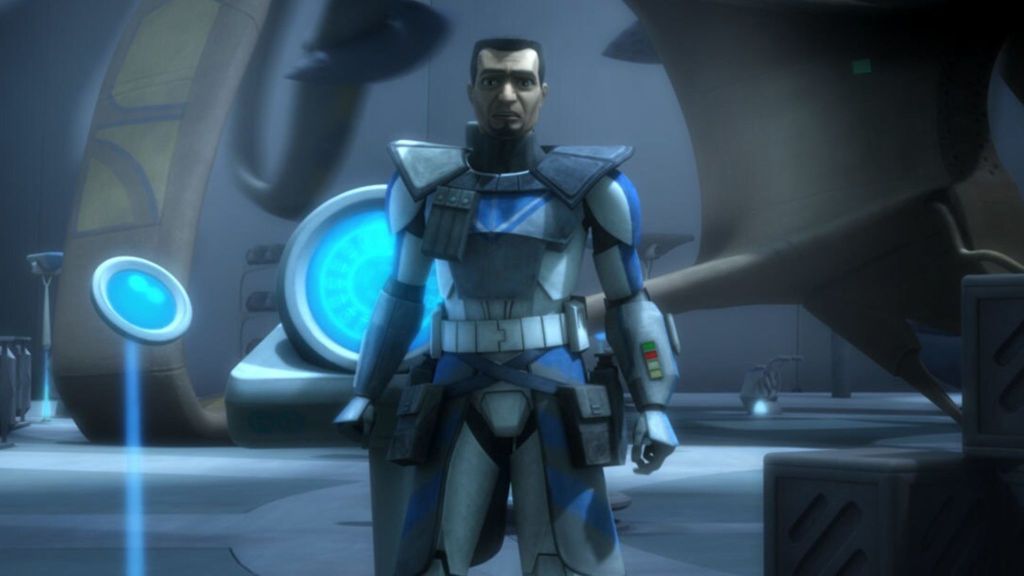
Season 6, Episodes 1-4: “The Unknown,” “Conspiracy,” “Fugitive,” and “Orders”
“The Clone Trooper Arc” begins with the unexpected and seemingly inexplicable death of a Clone Trooper named Tup shortly after a battle. Tup’s erratic behavior and premature activation of whatever caused it raised alarm bells among his squadmates and the Jedi. Viewers with knowledge of Order 66 know the root cause of Tup’s behavior. However, his fellow Clones start an investigation into the loss of their fallen brother.
The investigation into Tup’s death leads Advanced Recon Trooper (ARC) Fives down a rabbit hole. He uncovers a sinister conspiracy involving bio-organic inhibitor chips implanted within all clone troopers’ heads from the moment they were created on Kamino. Fives discovers that these chips are designed to make the clones unquestioningly obey specific commands, including Order 66—the directive to eliminate the Jedi.
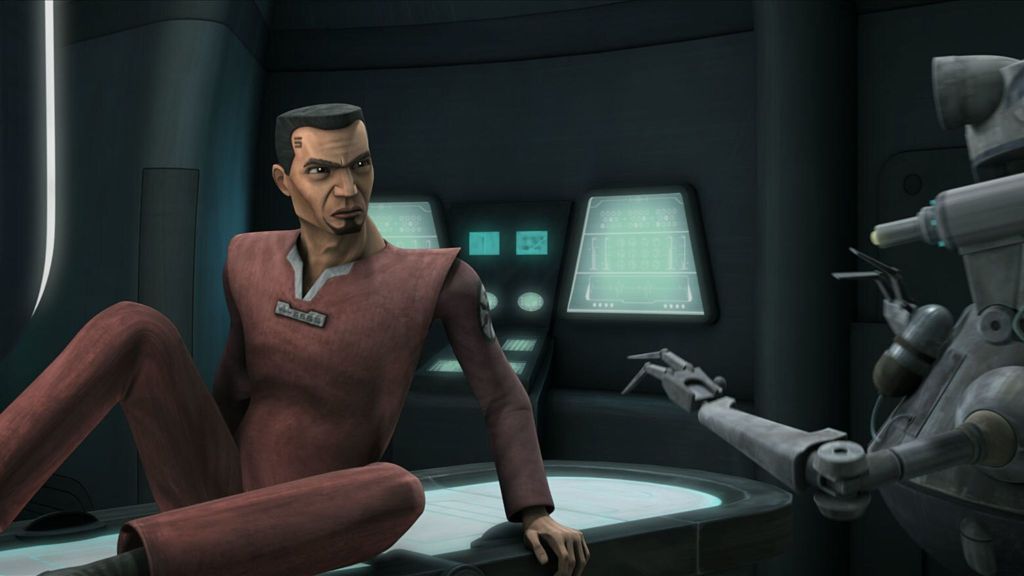
Fives becomes increasingly paranoid and desperate as he tries to expose the truth. He attempts to warn Anakin Skywalker and Captain Rex about the conspiracy, but his fragmented information and erratic behavior lead to him being dismissed and an ultimately tragic end for Fives.
The Clone Trooper arc highlights the Republic’s and the Jedi’s complete unawareness of this ticking time bomb within their ranks and provides the essential mechanical explanation for why the Clone Troopers turn on the Jedi in Revenge of the Sith. The Jedi trust the clones implicitly, making the eventual betrayal all the more devastating. Without this context, Order 66 can feel somewhat abrupt. Seeing the clones’ programming and Fives’ desperate attempts to reveal the truth adds a profound layer of tragedy and inevitability to the Jedi’s downfall.
The Martez Sisters Arc

Season 7, Episodes 5-8: “Gone With a Trace,” “Deal or No Deal,” “Dangerous Debt,” and “Together Again”
Following her departure from the Jedi Order at the end of Season 5, Ahsoka Tano – Anakin Skywalker’s former padawan – struggles to find her place in the galaxy. She encounters Trace and Rafa Martez, two sisters trying to survive in the lower levels of Coruscant. This arc forces Ahsoka to experience the war from the perspective of ordinary citizens who are often caught in the crossfire and exploited by both the Republic and the Separatists. She sees the corruption and hardship that the war inflicts on those outside the Jedi Order.
Ahsoka gets involved in the sisters’ risky schemes, which often blur the lines between right and wrong. This challenges the black-and-white view of the conflict that she was raised to believe as a Jedi and furthers her disillusionment with the Jedi’s rigid code. Ahsoka learns to navigate the galaxy on her terms, without the structure and support of the Jedi Order. This strengthens her independent spirit and prepares her for the difficult choices she will face later.
The Martez Sisters arc is vital for understanding Ahsoka’s mindset leading into the Siege of Mandalore and Order 66, and even more so for the inspiring person she would become to the rebel cause. Her experiences with the Martez sisters solidify her reasons for leaving the Jedi and her nuanced perspective on the war. It makes her reaction to the Republic’s fall in the subsequent arc more understandable and emotionally resonant.
The Siege of Mandalore Arc
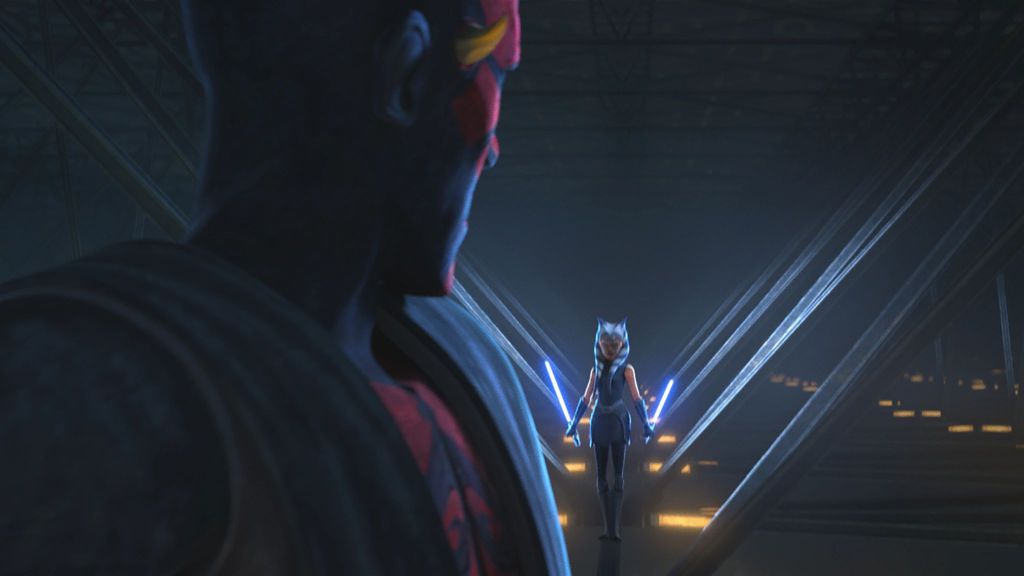
Season 7, Episodes 9-12: “Old Friends Not Forgotten,” “The Phantom Apprentice,” “Shattered,” and “Victory and Death”
On a personal level, The Siege of Mandalore arc is tied with The Mortis Arc for my favorite storylines in The Clone Wars, and is essential to Revenge of the Sith. The Siege of Mandalore not only keeps viewers on the edge of their seats but showcases Ahsoka in a way that solidifies her as one of the most important and powerful characters in the Star Wars saga. For fans of the Disney+ series Star Wars: Ahoska, the Siege of Mandalore is depicted in Episode 5, “Shadow Warrior,” in a flashback when Anakin takes a young Ahsoka on a journey through her past.
RELATED: Star Wars: Ahsoka Star Just Gave Us a Big Hint About Season 2
This arc directly precedes and overlaps with the events of Revenge of the Sith. Ahsoka, now working independently after leaving the Jedi Order, is approached by the Mandalorian Bo-Katan Kryze, who seeks her help in liberating Mandalore from the rule of Darth Maul. Maul murdered Duchess Satine Kryze, Bo-Katan’s sister and ruling regent of Mandalore, before claiming the throne for himself.
Maul’s presence on Mandalore and his continued schemes to disrupt the Republic provide a significant threat and a direct link to the Sith’s plans. Ahsoka confronts Maul, and the two engage in a duel that is a masterclass in choreography and storytelling, showcasing their complex history through one of the most memorable lightsaber battles in all of Star Wars.
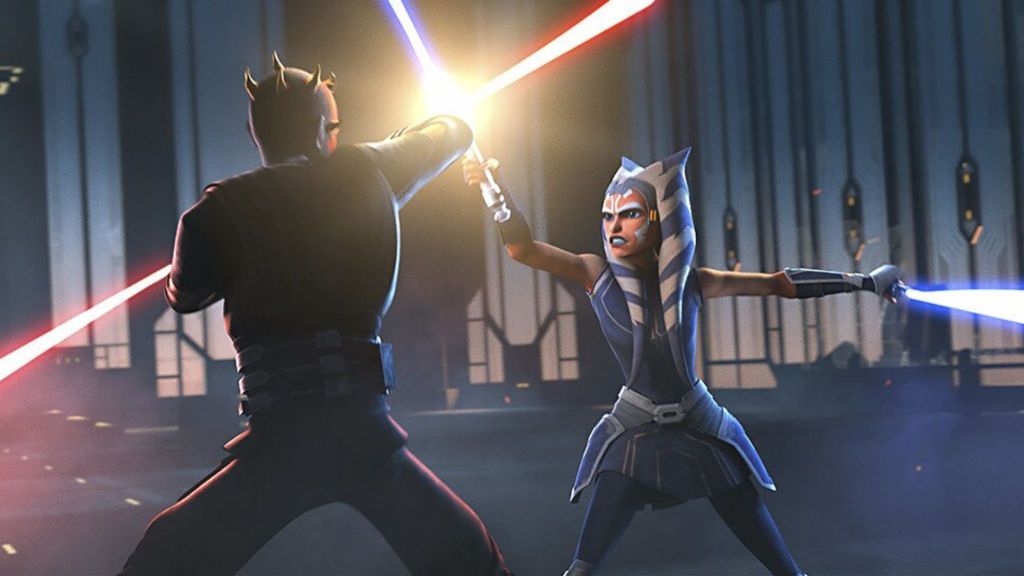
Following her duel with Maul, Ahsoka takes command of a division of clone troopers – the 501st Legion, including Captain Rex – who were under Anakin’s command through the entirety of the Clone Wars. Ahsoka’s leadership over Anakin’s elite crew demonstrates her strategic abilities and her strong bond with her former comrades. However, there are subtle hints and moments of unease that foreshadow the impending betrayal. The clones’ unwavering obedience and their occasional strange behavior create a sense of unease.
The episode “Shattered” runs parallel to the events of Revenge of the Sith. Ahsoka is caught in the middle of the chilling executive order and experiences the clones she considers as good as family turning against her. This sequence is incredibly powerful and emotional, showing the devastating impact of Order 66 on a personal level.
The final episode, “Victory and Death,” depicts Ahsoka and Rex’s desperate struggle to survive the clone troopers’ relentless pursuit and their eventual faking of their deaths. This sets up Ahsoka’s fate after the Republic’s fall and provides a crucial link to later Star Wars stories, particularly Ahsoka’s reappearance in Star Wars Rebels. If you want to go even deeper, the Star Wars anthology series Tales of the Jedi features an animated short (“Practice Makes Perfect”) about the specific training Anakin gave to Ahsoka, which would later help her survive Order 66, and perfectly dovetails her “Victor and Death” episode of Clone Wars.
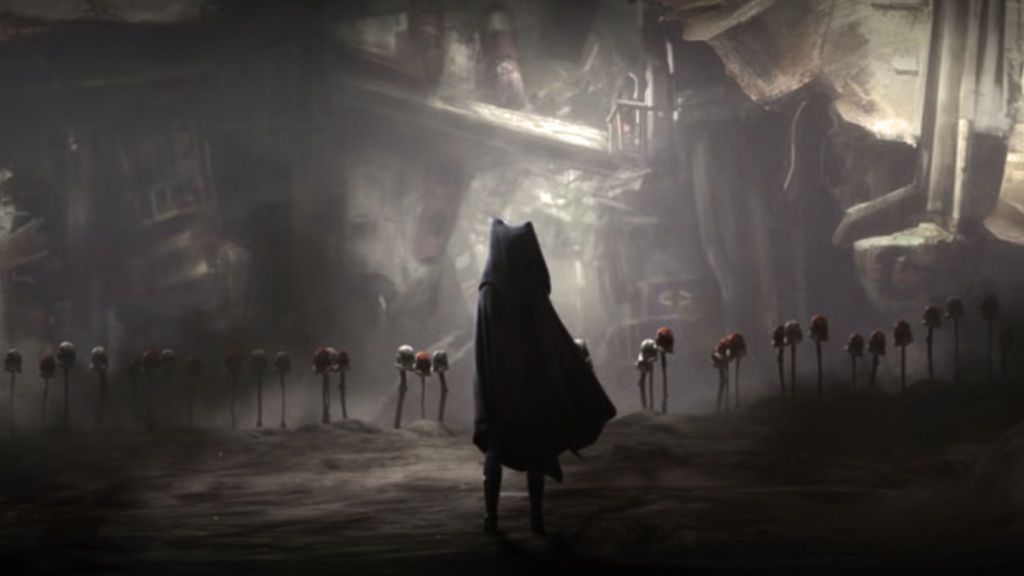
This Siege of Mandalore arc provides the most direct and impactful context for Revenge of the Sith. It shows what Ahsoka was doing during the events of the movie, thus explaining her absence from the films (as she was created after the prequels), and offers a different perspective on Order 66. The visual and thematic parallels with the film enhance the viewing experience and create a more detailed understanding of this pivotal period in the Star Wars saga. Watching this particular arc makes the tragedy of Revenge of the Sith even more profound.








